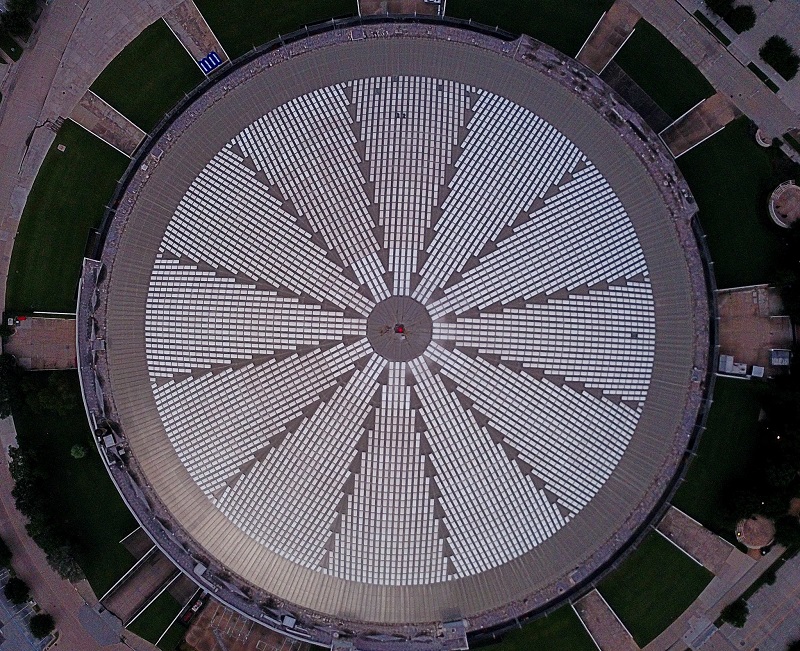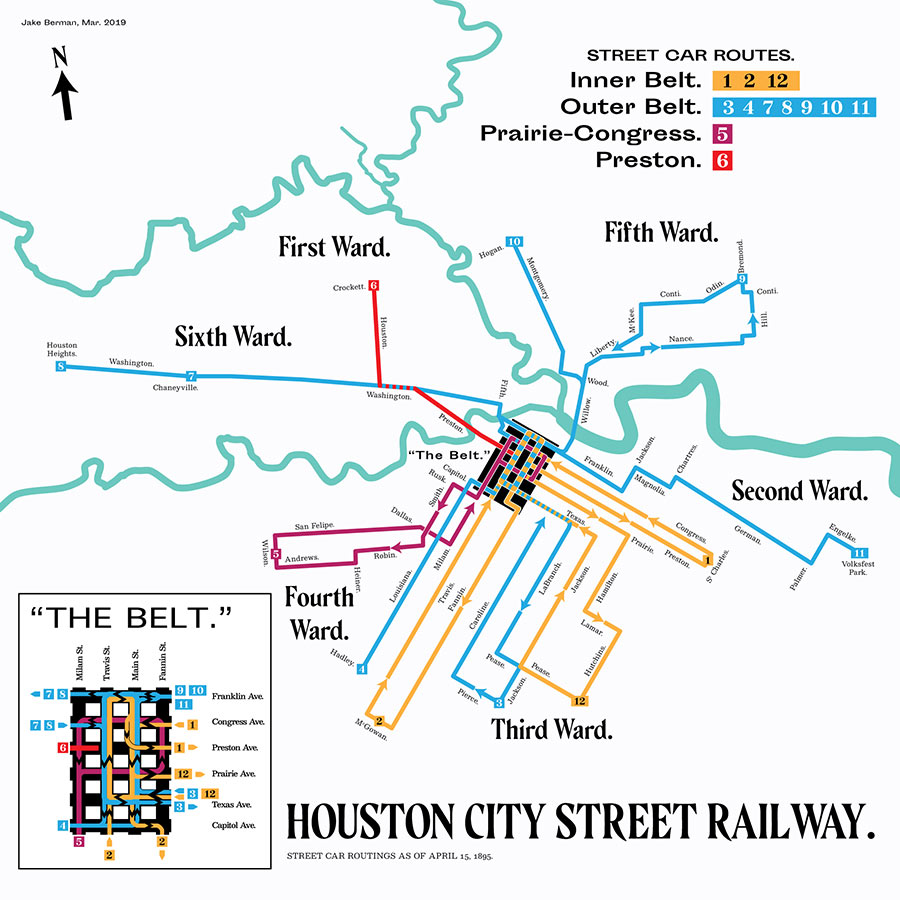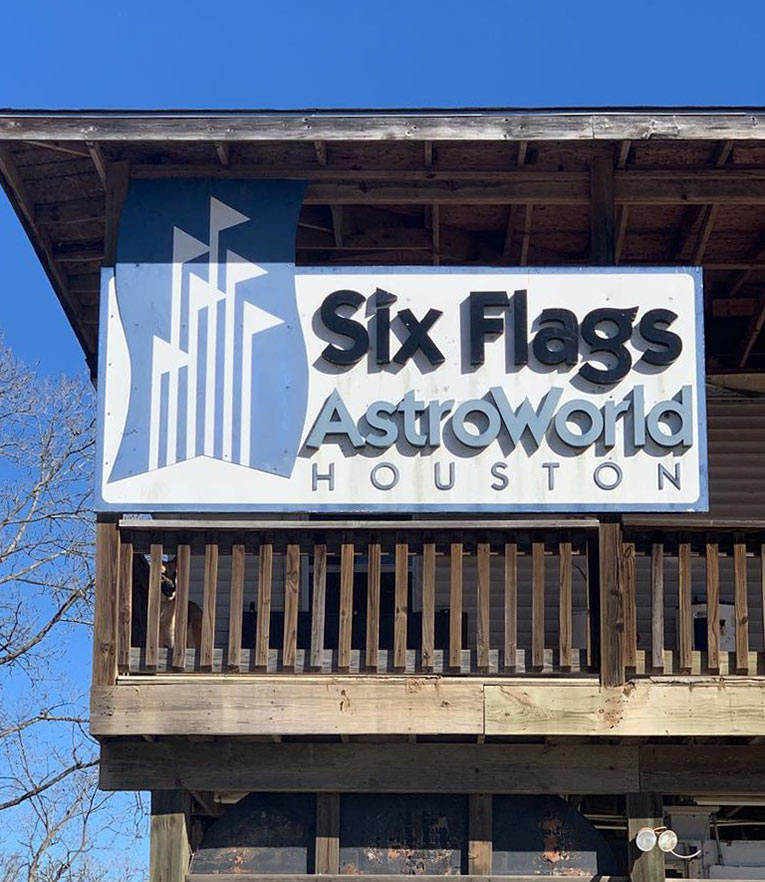
While hammering out the details of the Astrodome’s climate control system back before the building existed, members of the design team planned for some pretty bizarre weather not just outside it, but inside its 9.5-acre interior as well. According to I.A. Naman, whose firm designed the stadium’s air conditioning, “An experience had been reported previously regarding large dirigible hangars where unusual weather conditions were reported to have resulted in rainfall inside the hangar, even though it was not raining outside.” He wasn’t joking. “There was speculation that we might have such a situation in the stadium where fog, haze, self-generated turbulence in the nature of a tornado, cloud formations or even rain, might conceivably be experienced,” he wrote in 1966. “Was this something which really could happen or was it only a fear with no real basis?”
That the air inside the stadium would likely be filled with tobacco smoke made things even more complicated. If the smoke were to form a cloud of sufficient density, the engineers worried that it might obscure the audience’s view of what they came to see. “It was impractical to try to eliminate the smoke cloud entirely,” wrote Naman. So the question became: How much smoke could there be before the action on the field became too hard to follow? To find out, “A simple experiment was arranged,” he wrote. A few engineers sat down inside a sealed glass box. Outside the box, an attendant flicked on a color movie of a baseball game. Slowly and carefully, smoke was piped into the box until the engineers could no longer discern the game. A measurement was taken, indicating the maximum amount of haze a spectator could conceivably put up with. It became the target level that the design team strove to meet.
In order to reach it, they concluded:
***
A total of 2.5 million cubic ft. of air would have to be circulated through the stadium every minute, with 10 percent piped in from outside. Drawn through electrostatic filters and treated with activated carbon, that kind of air flow would be enough to limit carbon dioxide buildup, prevent eye irritation, and make sure people could see. It’d also offset the heat from sunlight that entered the stadium through its roof.
When the engineers on the team turned back to consider the weather problem again, they realized they’d already solved it. As long as the system they’d designed remained on all the time — in both summer and winter — tests showed there’d be no interior fog, rain, clouds, or tornadoes to worry about.
- Domed Stadium Air-Conditioning Design [ASHRAE Journal]
- Previously on Swamplot: Astrodome Renovation Budget Isn’t Enough for Air Conditioning, Says County Judge Lina Hidalgo
Photo of Astrodome: Russell Hancock via Swamplot Flickr Pool





Save the Dome.
It must be difficult for younger readers to grasp how prevalent public smoking was in the mid 20th century.
Movie theaters had a sort of atmospheric glow from the projector’s beam being diffused through a haze of smoke, and it was noticeably difficult to make out peoples faces across the room in a crowded bar. I can only imagine the effects of tens of thousands of smokers in the Astrodome without air filtration. It would be like playing baseball in a London fog.
Ah the good old days.
Save the Dome by turning it into something the entire City can enjoy, since we’re the owners and all… http://www.adomepark.org
Ha! I remember the smokey haze in the dome. (yeah, I’m old, whatever)
Good riddance!